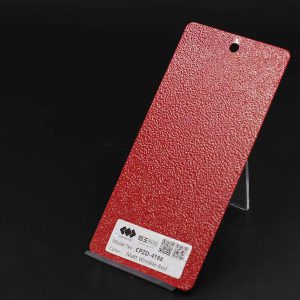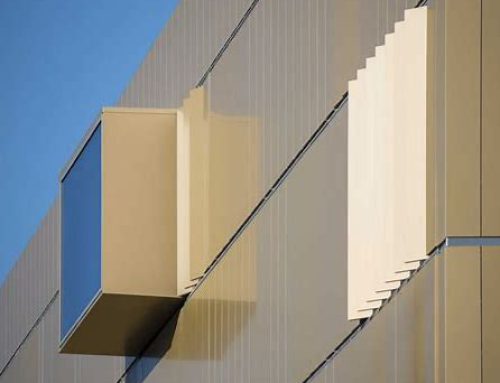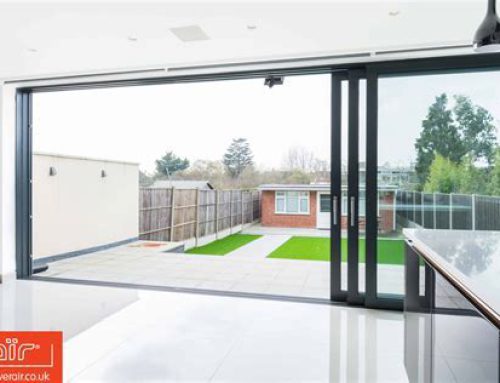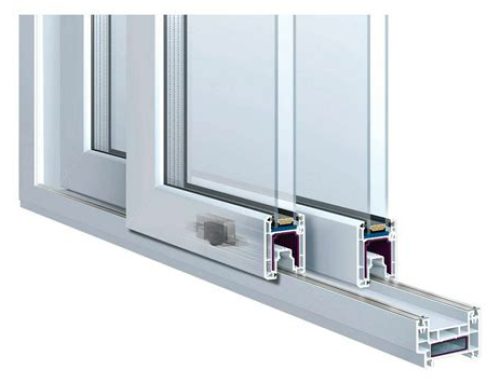Curtain Wall Shop Drawings: Design Details and their Importance (PDF)

In the realm of modern architecture, curtain walls have become a prominent feature, transforming the way buildings are designed and constructed. Curtain walls are non-structural, exterior cladding systems that envelop a building’s facade, providing a wide range of benefits such as energy efficiency, natural light maximization, and aesthetic appeal. To ensure the successful implementation of these complex systems, curtain wall shop drawings play a crucial role. In this article, we will explore the importance of curtain wall shop drawings, their design details, and how a PDF format enhances their effectiveness.
Understanding Curtain Wall Shop Drawings:
Before delving into the specifics, let’s briefly understand what curtain wall shop drawings are. A shop drawing is a detailed set of drawings prepared by manufacturers and fabricators that illustrate how various components of a curtain wall system will be assembled and installed. These drawings are typically created based on the architect’s design intent and specifications.
Design Details in Curtain Wall Shop Drawings:
- Material Specifications: The shop drawings provide precise details about the materials to be used in the curtain wall system. This includes the type of glass, aluminum profiles, gaskets, sealants, and any other necessary components. Material specifications are essential to ensure that the curtain wall meets the required performance standards and adheres to local building codes.
- Structural Considerations: While curtain walls are non-load-bearing, they must be designed to withstand various forces such as wind loads, seismic movements, and temperature changes. Shop drawings outline the structural components of the curtain wall system, including anchors, mullions, transoms, and support brackets, to ensure the system’s stability and safety.
- Joints and Sealants: Proper sealing is vital to prevent water infiltration and air leakage. Shop drawings detail the location and type of joints and sealants, ensuring that the curtain wall remains weather-tight and energy-efficient.
- Glazing Patterns: The drawings illustrate the layout and design of glass panels within the curtain wall system. Glazing patterns can significantly impact a building’s appearance and energy performance, and accurate shop drawings help architects and contractors visualize the final outcome.
- Installation Methodology: Shop drawings provide step-by-step instructions for the assembly and installation of the curtain wall system. This includes information on the sequence of installation, required tools, and techniques, allowing for smoother on-site construction.
The Importance of PDF Format:

PDF (Portable Document Format) has become the industry standard for sharing and viewing construction documents, including curtain wall shop drawings. Here’s why the PDF format enhances the effectiveness of these crucial documents:
- Universal Compatibility: PDF files can be easily viewed, printed, and shared across different devices and operating systems. This ensures that all stakeholders, including architects, engineers, contractors, and fabricators, can access and review the drawings without compatibility issues.
- Security and Version Control: PDF files can be encrypted, preventing unauthorized alterations and maintaining the integrity of the shop drawings. Additionally, version control allows for easy tracking of revisions and updates.
- Markup and Collaboration: PDF files support annotation tools, enabling users to mark up the drawings with comments, notes, and revisions. This fosters efficient collaboration and clear communication between team members.
- Compact Size: PDF files can compress large drawing sets without compromising quality. This makes it easier to share files via email or cloud storage, reducing the need for physical paperwork.
Challenges and Solutions in Creating Curtain Wall Shop Drawings:

While curtain wall shop drawings are instrumental in the successful execution of a building’s facade, their creation involves complex challenges that need to be addressed effectively:
- Accuracy and Coordination: Creating accurate shop drawings requires precise measurements and coordination with other building elements like structural components, MEP systems, and architectural features. Any discrepancies or inaccuracies in the drawings can lead to costly delays and rework during construction. To overcome this, close collaboration between the curtain wall manufacturer, architect, and other stakeholders is essential. Regular coordination meetings and advanced modeling software can help identify and resolve potential clashes early in the design process.
- Code Compliance and Building Regulations: Meeting local building codes and regulations is paramount in the construction industry. Curtain wall shop drawings must adhere to various safety, fire, and energy-efficiency codes. Keeping abreast of changing codes and having a clear understanding of the regional building requirements is crucial to ensure compliance.
- Integration with Building Information Modeling (BIM): Many modern construction projects employ Building Information Modeling (BIM) for comprehensive project management. Integrating curtain wall shop drawings into the BIM model streamlines the design and construction process, fostering better collaboration and minimizing errors. BIM provides a holistic view of the building, allowing architects and engineers to assess the curtain wall system’s impact on other building elements.
- Testing and Quality Assurance: Curtain wall systems are subjected to rigorous testing to verify their performance under different conditions. Shop drawings must reflect the results of these tests and demonstrate the system’s capability to withstand wind, water, and seismic forces. Additionally, conducting regular quality assurance checks during the drawing creation process ensures that the final product meets the required standards.
The Significance of Curtain Wall Shop Drawings in Project Success:
- Cost and Time Efficiency: Well-prepared shop drawings provide a clear roadmap for the curtain wall fabrication and installation process. Accurate details and specifications enable manufacturers to produce components with minimal errors, reducing material wastage and on-site modifications. This efficiency ultimately translates into cost savings and shorter construction timelines.
- Improved Communication and Understanding: Shop drawings act as a common language between the various stakeholders involved in the construction process. They facilitate clearer communication, helping architects, engineers, contractors, and fabricators understand the design intent and execute it precisely.
- Minimizing Design Changes: With comprehensive shop drawings, potential design issues can be identified and resolved early in the process. This minimizes the need for design changes during the construction phase, which could lead to significant cost overruns and project delays.
- Enhancing Safety and Performance: Accurate shop drawings ensure that the curtain wall system is designed and installed with safety and performance in mind. By providing details of structural elements and fixing methods, shop drawings contribute to the system’s stability and long-term durability.
In Conclusion:

Curtain wall shop drawings are indispensable documents that play a pivotal role in the successful implementation of modern building facades. By providing detailed design information, outlining material specifications, and ensuring code compliance, these drawings facilitate efficient construction and help create visually stunning and functionally efficient buildings. The use of the PDF format enhances their effectiveness by promoting collaboration, ease of sharing, and maintaining data security. Properly executed shop drawings not only save time and costs but also contribute significantly to the overall safety and performance of the curtain wall system, making them an integral part of the construction industry’s drive towards sustainable and innovative architecture.





Leave A Comment